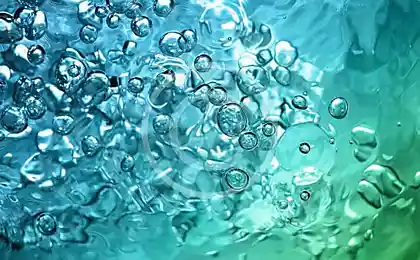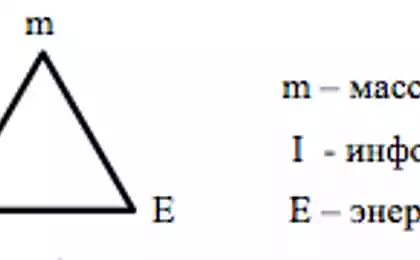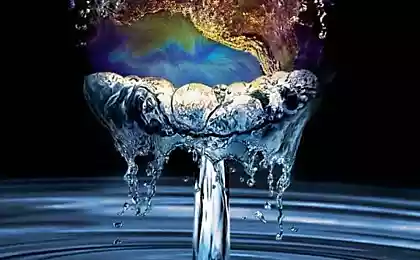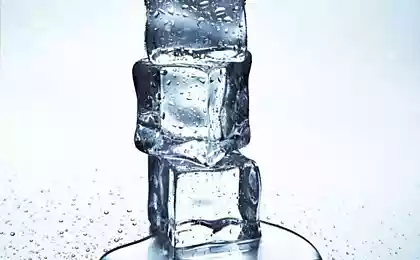398
Scientists have discovered a "split" personality of plain water

The clear liquid has many mysterious properties. This time the team at Princeton University, using computer models found: at very low temperatures and high pressure water can split into two liquid forms.
Professor Pablo Debenedetti says: "Our results show that at low enough temperatures water can coexist as two different liquid phases of different density". Another researcher Jeremy Palmer explains: "These two forms co-exist a bit like oil and vinegar in salad dressing". The fact that water has this dual nature can lead to a better understanding of how it behaves at cold temperatures in high-altitude clouds where liquid water can exist below the freezing point in the "supercooled" form before forming hail or snow.
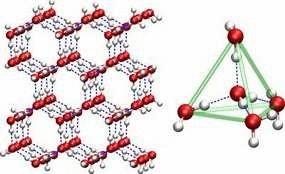
New discovery proves the hypothesis of "transition liquid-liquid" proposed in 1992 E. Stanley and colleagues at Boston University. The hypothesis States that the existence of two forms of water could explain many of the odd properties of water, not just floating ice but also the great capacity of water for heat absorption and the fact that water becomes more compressible as it gets colder. Princeton scientists believe the two liquid phases may exist in a fragile, "metastable" state.
With the help of supercomputers, researchers saw about minus 45 degrees Celsius and a pressure of 2400 times higher than normal atmospheric, the virtual water molecules separated into two liquids that differed in density. The picture of the molecules in each liquid were also other, said Palmer. The researchers found that the molecules in a liquid with a low density have a tetrahedral order and high density of the liquid is different. "In the high-density liquid, a fifth neighbouring molecule was trying to squeeze into the pattern," said Palmer.
A better understanding of the behavior of water at supercooled temperatures could lead to improvements in the simulation of the effect of high-altitude clouds on climate, Debenedetti said. Because the water droplets reflect and scatter sunlight entering the atmosphere, clouds play a role in how the sun's energy is reflected off of the planet or through the atmosphere and contributes to warming. In addition, since the water passes through a supercooled phase before the formation of hail or snow, such studies can help strategies to prevent the formation of ice on the wings.
Source: nauka24news.ru/
A breakthrough in materials for spintronics
One vs all Marvin Heemeyer: "criminal" and the last American hero video
